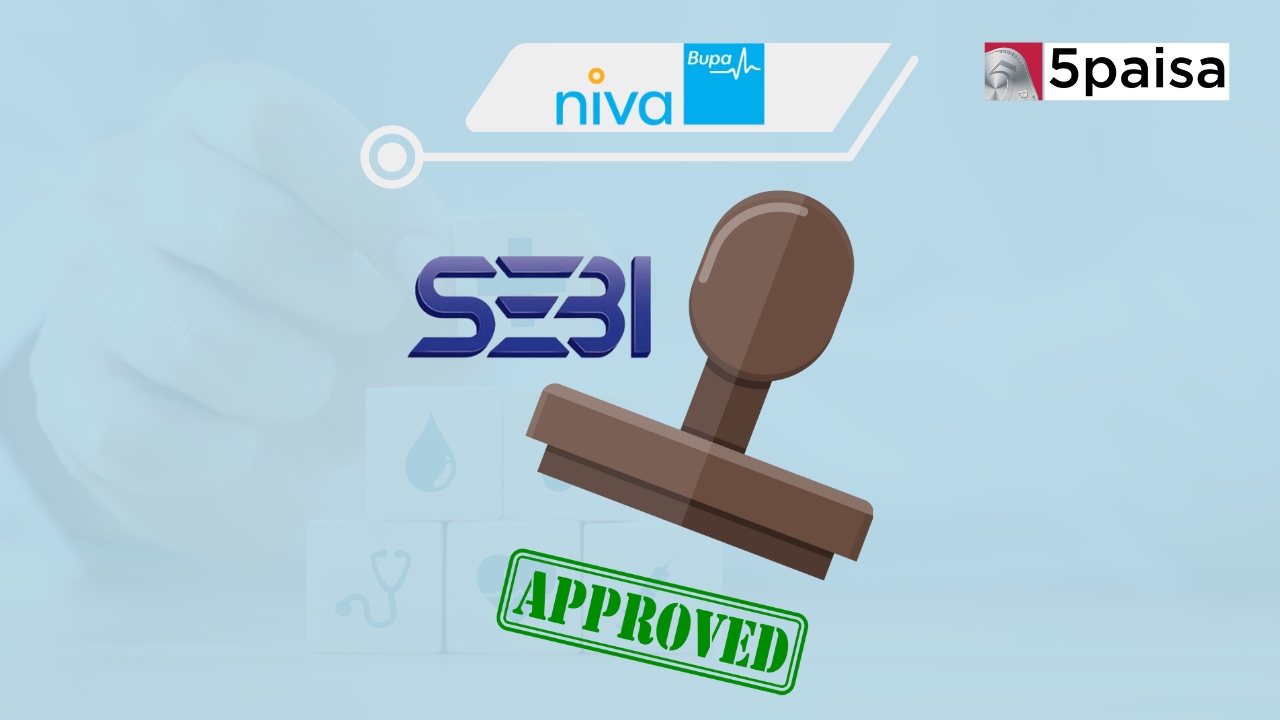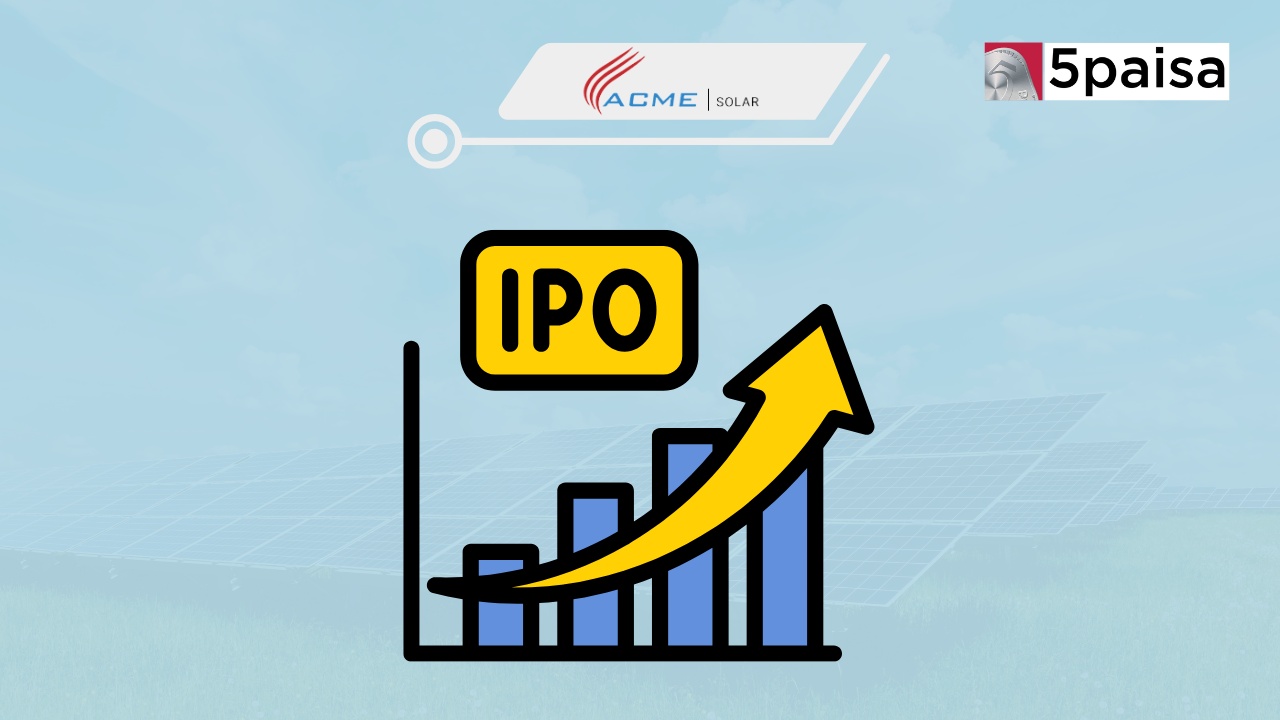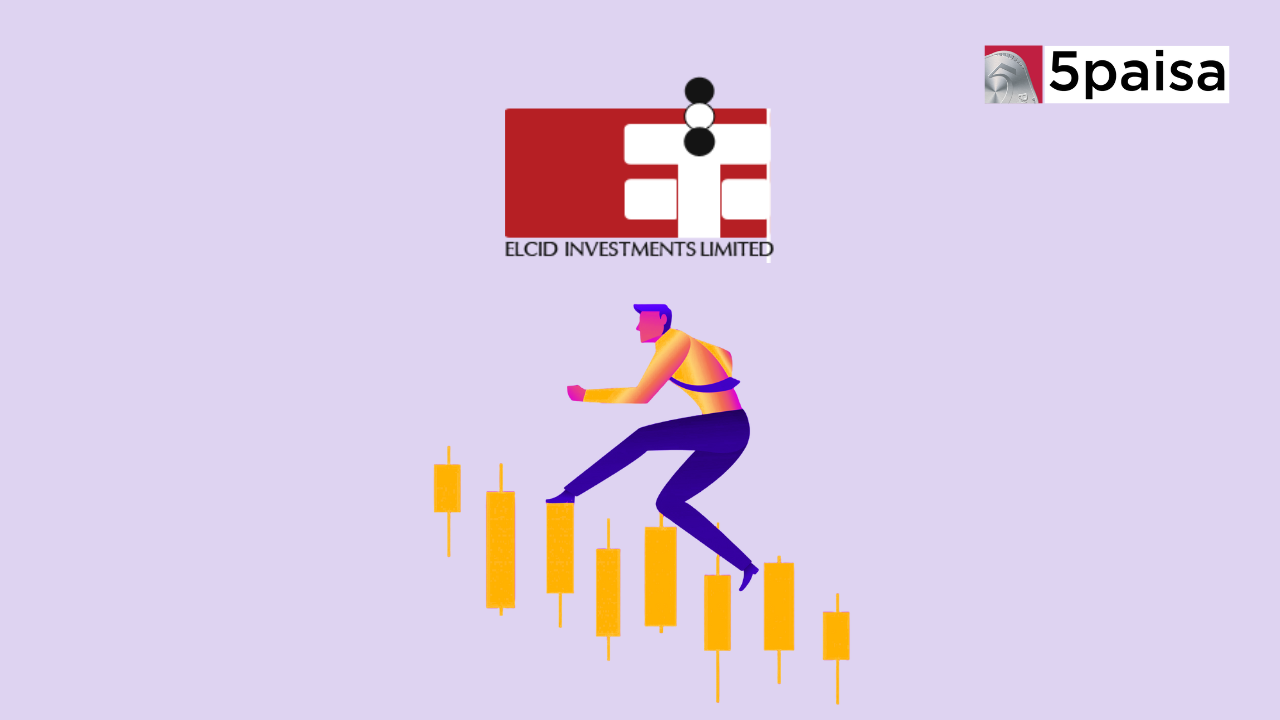iThe current values are delayed, open demat account for live values.
Nifty Midcap 100
Nifty Midcap 100 Performance
-
Open
56,349.10
-
High
56,400.55
-
Low
55,746.20
-
Prev Close
56,339.25
-
Dividend Yeild
0.76%
-
P/E
42.24
Nifty Midcap 100 Chart

Color code for Stocks Performance
- 5% and above
- 5% to 2%
- 2% to 0.5%
- 0.5% to -0.5%
- -0.5% to -2%
- -2% to -5%
- -5% and below
Constituent Companies
| Company | Market Cap | Market Price | Volume | Sector |
|---|---|---|---|---|
| ACC Ltd | ₹43563 Cr |
₹2320.4
(0.32%)
|
350848 | Cement |
| Apollo Tyres Ltd | ₹32076 Cr |
₹504.95
(1.19%)
|
1892268 | Tyres |
| Ashok Leyland Ltd | ₹61166 Cr |
₹208.18
(2.38%)
|
8976863 | Automobile |
| Balkrishna Industries Ltd | ₹54876 Cr |
₹2837.45
(0.56%)
|
262905 | Tyres |
| Bharat Forge Ltd | ₹65704 Cr |
₹1410.15
(0.64%)
|
1125269 | Castings, Forgings & Fastners |
Nifty Midcap 100 Sector Performance
Top Performing
| Sector Name | Percentage Change |
|---|---|
| Diamond, Gems and Jewellery | 0.6 |
| IT - Hardware | 2 |
| Leather | 0.53 |
| Healthcare | 1.03 |
Under Performing
| Sector Name | Percentage Change |
|---|---|
| Ceramic Products | -0.33 |
| Insurance | -1.49 |
| Infrastructure Investment Trusts | -0.11 |
| ETF | -0.26 |
NIFTY Midcap 100
The Nifty Midcap 100 is a key benchmark for tracking the performance of mid-sized companies in the Indian stock market. Launched in 2005 by the National Stock Exchange (NSE), this index comprises 100 of the most liquid and tradable midcap stocks, representing around 12% of the free-float market capitalization on the NSE.
The index is calculated using a free-float market capitalization-weighted methodology, ensuring it accurately reflects the market value of publicly traded shares. The Nifty Midcap 100 provides investors with a balanced exposure to companies that offer significant growth potential while maintaining stability.
What is the Nifty Midcap 100 Index?
The Nifty Midcap 100 Index tracks the performance of the midcap segment in the Indian stock market, comprising 100 tradable stocks listed on the National Stock Exchange (NSE). This index represents around 12% of the free-float market capitalization of all stocks listed on the NSE, as of September 29, 2023. The Nifty Midcap 100 Index provides a snapshot of the midcap sector's movement, reflecting the broader market trends within this segment. Over the last six months, ending in September 2023, the total traded value of the index's constituents accounted for approximately 19% of the total traded value of all stocks on the NSE. This highlights the significant role midcap stocks play in the overall market, offering a balance between growth potential and stability.
How is the Nifty Midcap 100 Index Value Calculated?
The NIFTY Midcap 100 Index is calculated using a free-float market capitalization-weighted methodology. This means that each stock's weight in the index is determined by its free-float market capitalization, which reflects the market value of shares available for public trading.
To calculate the free-float market capitalization, the total number of outstanding shares is multiplied by the market price per share, and this value is then adjusted based on the proportion of shares that are freely available for trading in the market. This methodology ensures that the index accurately represents the true market value and liquidity of the midcap stocks it tracks.
Nifty Midcap 100 Scrip Selection Criteria
To make it under the Nifty midcap 100 stocks list 2023, the following eligibility criteria need to be fulfilled:
● The equity shares of the company must be on the NSC to be qualifying for the Nifty midcap 100 stocks list.
● Instruments offering a fixed return, like bonds, preferred stock, convertible stock, warrants, and rights, cannot be included under the index.
● Equities with differential voting rights can be included under the index when they fulfill the other eligibility criteria.
● The companies must be a part of the Nifty 500 to qualify under the Nifty midcap.
● The eligibility criteria for any equity that has been newly listed is evaluated on the basis of data collected over a three-month period.
● To develop a better understanding of the Nifty midcap 100 index, it’s important to get knowledge about the constituents of the Nifty 150 index. This index contains the 150 companies included under the Nifty 500 index, ranking between 101 and 250 according to free float market capitalisation.
The Nifty midcap 100 index contains the top 50 companies according to full market capitalisation under the Nifty Midcap 150 index. The remaining 50 companies are selected from Nifty 150, too but depending on the average daily turnover.
The securities are added when the average daily turnover does not go beyond the top 70 constituents. But companies won’t be selected if the average daily turnover is lower than 130 among the index constituents.
How does Nifty Midcap 100 work?
The Nifty Midcap 100 Index functions as a benchmark for the midcap segment of the Indian stock market, capturing the performance of 100 mid-sized companies listed on the National Stock Exchange (NSE). The index is calculated using a free-float market capitalization-weighted methodology, meaning that each stock's weight in the index is based on its market value adjusted for the shares available for public trading.
Stocks included in the Nifty Midcap 100 are selected based on their liquidity, market capitalization, and free-float availability. The index is regularly reviewed and rebalanced to ensure it accurately reflects the midcap segment's dynamics. This structure allows the Nifty Midcap 100 to provide a snapshot of the midcap sector's performance, offering investors a way to gain exposure to companies with significant growth potential, while also maintaining a level of stability due to their established market presence.
What are the Benefits of Investing in the Nifty Midcap 100?
Investing in the Nifty Midcap 100 offers several advantages, particularly for those seeking a balance between growth potential and risk. The index includes 100 midcap stocks that represent approximately 12% of the free-float market capitalization on the NSE. These companies are often more established than small-cap firms but still have significant growth potential, making them attractive for investors looking to capitalize on emerging opportunities.
Midcap stocks typically offer higher growth prospects than large-cap stocks, as they are in a phase of expansion and can potentially outperform during market upswings. Additionally, the Nifty Midcap 100 provides diversification across various sectors, reducing the risk associated with investing in individual stocks. The index is also a good indicator of the broader midcap segment's performance, helping investors gain exposure to this dynamic part of the market while benefiting from the stability and liquidity of well-established companies.
What is the History of the Nifty Midcap 100?
The Nifty Midcap 100 Index was introduced by the National Stock Exchange (NSE) to provide a benchmark for the midcap segment of the Indian stock market. Launched in 2005, the index was created to capture the performance of mid-sized companies listed on the NSE, which are often in a phase of growth and expansion.
The index includes 100 of the most liquid and tradable midcap stocks, selected based on their market capitalization and free-float availability. Over the years, the Nifty Midcap 100 has become a popular choice for investors seeking exposure to companies that are typically more dynamic than large-cap stocks but less volatile than small-cap stocks. The index has played a significant role in helping investors track and invest in the midcap segment, offering a balanced approach to growth and risk in the Indian stock market.
Other Indices
| Indices Name | Price | Price Change (% change) |
|---|---|---|
| India VIX | 15.55 | 0.04 (0.26%) |
| Nifty 10 Yr Benchmark G-Sec | 2411.45 | 0.21 (0.01%) |
| Nifty 10 Yr Benchmark G-Sec (Clean Price) | 887.29 | -0.09 (-0.01%) |
| Nifty 100 | 25059.5 | -135.55 (-0.54%) |
| Nifty 100 Equal Weight | 32400.05 | -124.4 (-0.38%) |
Faqs
How To Invest in Nifty Midcap 100 Stocks?
To invest in Nifty Midcap 100 stocks, start by opening a Demat and trading account. Once your account is set up, research the 100 midcap companies listed in the Nifty Midcap 100 Index. You can then place buy orders for the stocks you're interested in through your trading account. Regularly monitor your investments to stay informed about market trends and adjust your portfolio as needed.
What are Nifty Midcap 100 stocks?
Nifty Midcap 100 stocks are the top 100 mid-sized companies listed on the National Stock Exchange (NSE) of India. These companies are selected based on their market capitalization and liquidity, representing a diverse range of sectors. The Nifty Midcap 100 Index tracks the performance of these midcap stocks, offering investors exposure to companies with significant growth potential.
Can you trade shares on Nifty Midcap 100?
Yes, you can trade shares of companies listed in the Nifty Midcap 100 Index. These stocks represent the top 100 mid-sized companies on NSE. You can buy and sell these shares during market hours through a Demat and trading account, just like any other stocks on the NSE.
In which year was the Nifty Midcap 100 Index launched?
The Nifty Midcap 100 Index was launched in 2005 by the National Stock Exchange to track the performance of the top 100 midcap companies in the Indian stock market.
Can we buy Nifty Midcap 100 and sell it tomorrow?
Yes, you can buy shares of companies listed in the Nifty Midcap 100 Index and sell them the next day. You can execute these trades through a Demat and trading account during market hours, depending on your investment strategy and market conditions.
Latest News

- Oct 31, 2024
Market Analysis of Top Gainers and Losers on 31st October 2024: Indian stock markets continued their downward trajectory for a second consecutive session today, with both the BSE Sensex and Nifty 50 closing in the red. The BSE Sensex fell by 553.12 points (0.69%) to settle at 79,389.06, while the Nifty 50 slipped by 135.50 points (0.56%) to close at 24,205.35.

- Oct 31, 2024
The share prices of NTPC and Tech Mahindra will be under focus on Thursday, October 31, as both stocks trade ex-dividend on this day. NTPC Dividend Details

- Oct 31, 2024
True North, which will hold Niva Bupa Health Insurance Ltd, a brand till recently Max Bupa, has been provided with the final greenflag from the SEBI in making an initial public offering (IPO) of ₹ 3,000 crore.

- Oct 31, 2024
The ACME Solar Holdings Limited IPO, valued at approximately ₹2,900 crores, brings an opportunity for investors looking to enter India’s rapidly expanding renewable energy sector. As a leading producer of electricity from renewable resources, ACME Solar stands at the forefront of India’s energy transition, contributing to sustainable growth and reduced carbon emissions.
Latest Blogs
Diwali, the festival of lights, is one of India’s most celebrated occasions, symbolizing the triumph of good over evil and ushering in prosperity and new beginnings. Amidst the glow of lamps and joy, the Indian stock market opens its doors for a unique tradition called Muhurat Trading. Scheduled for a one-hour window from 6 PM to 7 PM on November 1, 2024, this auspicious trading session marks the beginning of the Samvat (Hindu New Year) in the financial world.
- Oct 31, 2024

Highlights 1. Cipla stock news in October 2024 has been buzzing, especially after a significant regulatory update on its Goa facility. 2. The Cipla Q2 2024 earnings report revealed impressive profit growth, exceeding market expectations. 3. With the recent Cipla share price boost following USFDA approval, investors are closely watching its upcoming product launches.
- Oct 31, 2024

Nifty Prediction for 31st October Nifty started the Wednesday’s session marginally negative and then traded within a narrow range. It ended the day below 24350 with a loss of half a percent. iJoin the Club of Lakhs of Tech-Savvy Investors!
- Oct 30, 2024

Elcid Investments Share Price Highlights 1. Elcid Investments has recently experienced a remarkable stock surge.
- Oct 30, 2024
